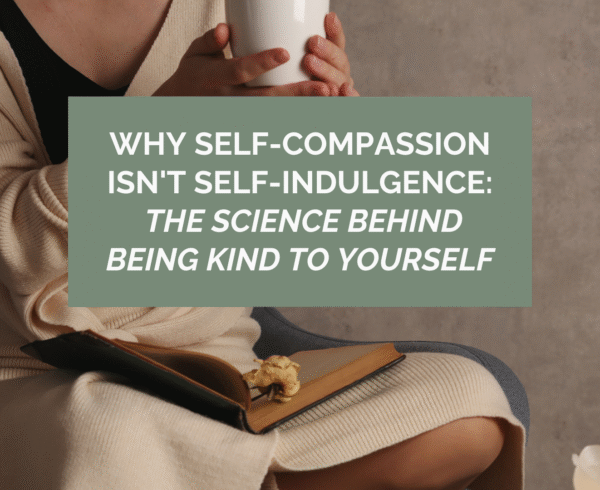Note: This guide is based on a 28-day cycle, but every woman is unique. Cycle lengths can vary, and each month may feel different. Use this as a guide to better understand your cycle, and for personalised support, contact our team today.
Menstrual Phase (Days 1-5) – AKA “The Winter Phase”
What’s Happening?
- Hormone levels (oestrogen & progesterone) are at their lowest
- Day 1 is considered the first day of your bleed
- Fatigue, cramps, and lower energy levels are common
Nutrition Tips:
- Focus on iron-rich foods (red meat, organ meats, lentils) to replenish blood loss
- Include warming foods like soups, stews, casseroles and herbal teas (especially ginger tea)
- Hydrate with quality filtered water to reduce bloating and headaches
-
Add omega-3-rich seeds (flaxseeds, chia seeds) to support inflammation reduction
Movement Tips:
- Prioritise restorative activities (walking, stretching, yoga)
- Listen to your body—intense exercise may feel harder
Nurture Yourself:
- Allow extra rest and relaxation
- Use heat therapy and castor oil packs for cramps and inflammation
- Prioritise sleep and gentle self-care
Follicular Phase (Days 6-14)
What’s Happening?
- Oestrogen rises, bringing more energy and mental clarity
- Strength and endurance begin to improve
Nutrition Tips:
- Increase protein & healthy fats to support muscle repair and hormone production
- Prioritise complex carbs (quinoa, sweet potatoes, whole grains) for sustained energy. Your cells are more insulin sensitive during the follicular phase meaning better response to carbohydrates.
- Focus on light, fresh foods (leafy greens, citrus fruits, lean proteins)
-
Add pumpkin seeds to support oestrogen balance
Movement Tips:
- Ideal time for strength training, HIIT, and endurance workouts
- Try new activities—mental clarity and motivation are high
Nurture Yourself:
- Set new goals and take action on creative ideas
- Socialise and connect with others—this phase often brings more confidence
Ovulation (Around Day 14)
What’s Happening?
- Oestrogen peaks, boosting energy, libido, and social confidence
- Higher risk of injury due to increased ligament laxity
Nutrition Tips:
- Support detoxification with cruciferous vegetables (broccoli, kale, cauliflower)
- Include anti-inflammatory foods (berries, turmeric, salmon) to aid recovery
- Ensure adequate magnesium and hydration to support muscle function
-
Add sunflower seeds to help balance progesterone levels
Movement Tips:
- Great time for power-based workouts and high-intensity training
- Prioritise warm-ups and cool-downs to reduce injury risk
Nurture Yourself:
- Engage in social activities and networking
- Channel confidence into big decisions or presentations
Luteal Phase (Days 15-28)
What’s Happening?
- Progesterone rises, leading to potential fatigue, mood changes, and cravings
- Some women experience bloating, irritability, or sleep disturbances
Nutrition Tips:
- Prioritise protein & healthy fats to stabilise blood sugar and mood. Your body actually requires 10-15% more protein in the luteal phase than the follicular phase
- Add magnesium-rich foods (nuts, seeds, dark chocolate) to ease PMS symptoms
- Include B vitamins (eggs, whole grains, legumes) to support energy and hormone balance
-
Add sesame seeds to further support progesterone levels
Movement Tips:
- Shift to moderate-intensity workouts (Pilates, swimming, lower-impact strength training)
- Listen to your body and modify workouts as needed
Nurture Yourself:
- Prioritise stress management (breathing exercises, journaling, self-care routines)
- Allow for more rest if energy levels drop
- Recognise emotions as part of the cycle and practice self-compassion
Written by – Chae, Naturopath & Director of The Wellness Emporium.












Leave a Comment